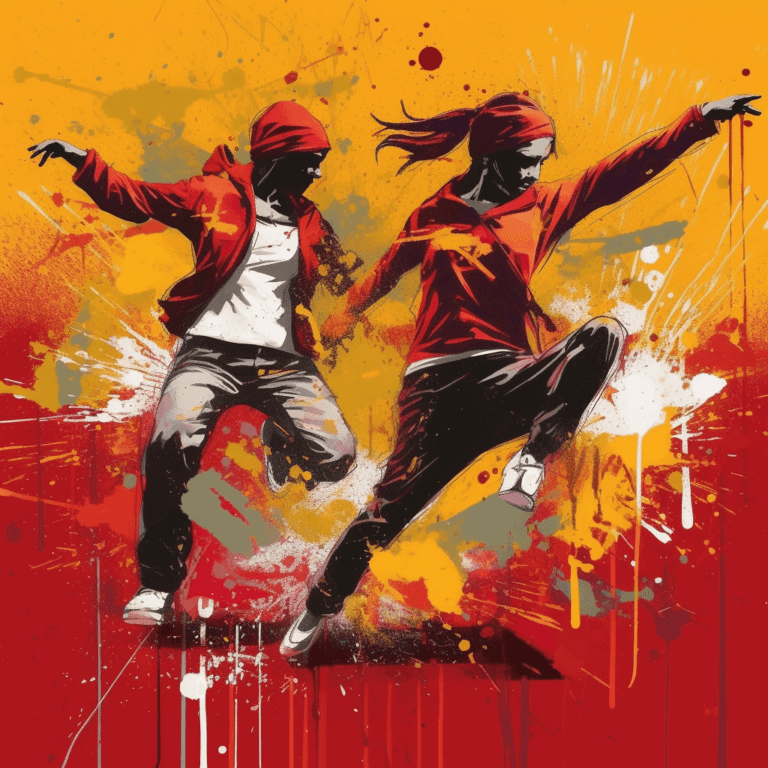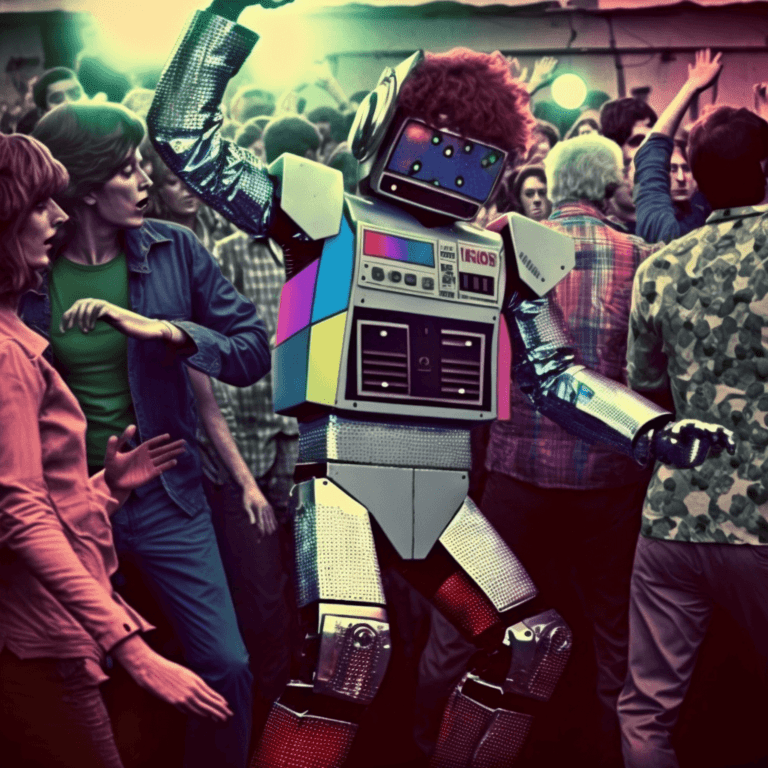Backbeat
Alright, so what’s a backbeat? Simply put, it’s a strong accent on beats two and four in a four-beat measure. In a 1-2-3-4 rhythm, the backbeat hits on the “2” and “4” counts. You can think of it like a heartbeat for the song, giving it a distinct pulse that makes you wanna tap your feet and move to the groove.
Now, let’s elaborate a bit. Back in the day, when music was still finding its way, folks primarily relied on the downbeat (beat one) to set the rhythm. But as time went on and different musical genres emerged, the backbeat began to take centre stage. It brought a fresh, lively feel to the music and got people dancing like never before.
Imagine a drummer keeping the beat on a snare drum – that sharp, snappy sound is the backbeat. It’s like a musical anchor that helps all the other instruments stay in sync. In genres like rock ‘n’ roll, pop, funk, and many others, the backbeat is the backbone of the rhythm, keeping things steady and infectious.
Let’s look at a modern example to understand it better. Take a famous song like “Uptown Funk” by Bruno Mars and Mark Ronson. When you listen closely, you’ll notice that irresistible urge to clap your hands or snap your fingers – that’s the backbeat in action! Each time you hear the snare drum hitting on the “2” and “4,” you can’t help but groove along with the song.
In summary, the backbeat is a fundamental element of modern music, adding that extra oomph and danceability to our favourite tunes. By emphasising beats two and four, it creates a rhythmic pattern that’s both catchy and engaging.

So what’s this site all about anyway?
Well, if you ever find yourself needing music for anything – a YouTube video, a podcast, a school project, a presentation, TV commercial or even a film – then browse, preview and download any of our tracks





